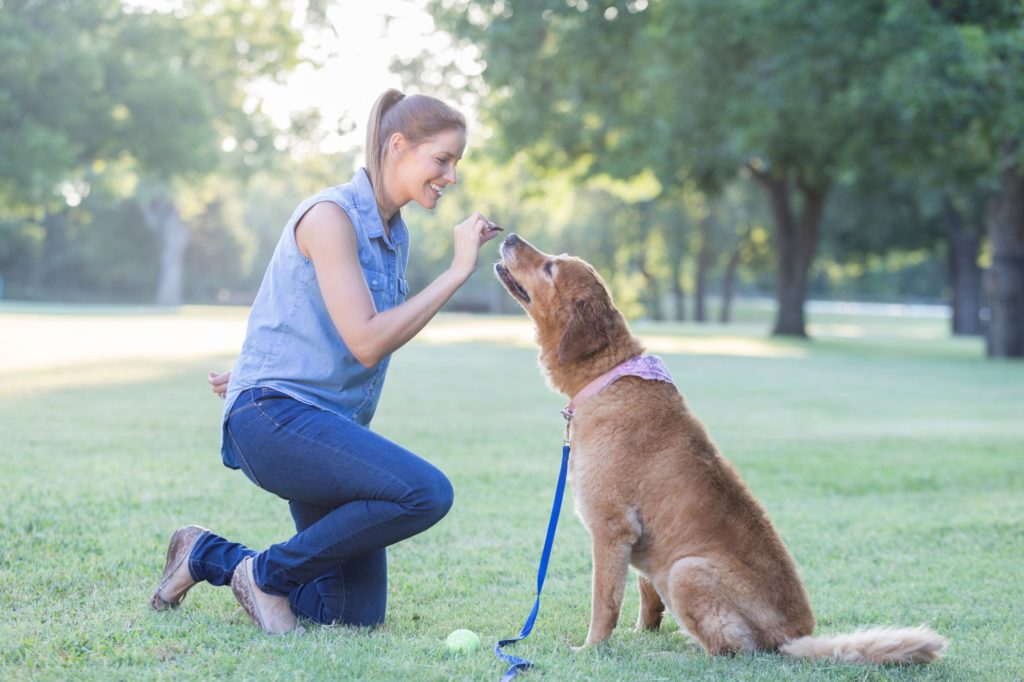
We have fitness trackers as a two-legged species, but what about pooch pedometers for our four-legged companions out there? Well, there are such things!
In preparation for January’s “Walk Your Dog Month”, why not get one for your dog as a Christmas present this festive season?
There are activity monitors that can be clipped on to a collar, which record how many steps have been made, distance covered and also how long play time was. Most of these wearable wellness monitors for dogs will link to a smartphone app, where data can be shared with dog owners everywhere so you can see how your dogs stats compare!
It also gives us an excuse to get out in those cold and darker winter months, get those New Year’s resolutions kick started, and burn off all the pigs in blankets we have been snacking away on – and with a one hour walk helping you clock away an easy 8000 steps, you’ll be well on your way to hitting the average 10k target.
The “Walk Your Dog Month” initiative
This dog-walking drive was created to highlight pet behavioural problems and help tackle pet obesity; did you know that almost 12% of the dogs owned in the UK are overweight?
The lack of mental stimulation and physical activity that a dog would gain from a walk or park-play can lead to destructive behaviours and contribute to many pet obesity related health problems including:
- Diabetes
- Joint Health
- Heart Disease
Do these sound familiar? They are the same obesity related health problems that happen to us too!
How much exercise is enough?
Unfortunately, one in 5 dogs don’t get a daily walk and of those who do, they usually only last less than 20 minutes!
There are a few factors to consider when looking at what your dogs exercise goal should be. One consideration is taking into account what they were originally bred to do, what is hardwired in their DNA.
Not all big dogs need to run around fields all day, and not all small sized dogs need just a few moments out on the pavements. Gundogs and working dogs may need up to two hours per day (and yes, believe it or not.. that does include the lazy looking Great Dane!), and some feisty knee-high terriers need similar amounts too compared to other dogs of the same size but different groups of dogs (like the Toy breeds). Can you think of some breeds that require endurance versus bursts of speed to burn energy?
Another consideration is the health condition of the dog too; cardiac disease, respiratory disease (including brachycephalic breeds) may have a decreased exercise tolerance. A dog that suffers from osteoarthritis or other types of joint disease may need a health examination prior to a new dog walking plan – maybe hydrotherapy will be how they get their exercise in instead!
When starting a new exercise plan, it may be better to start slow. You could try by starting with two-10 minute walks a day for a week, and then increase to two-15 minute walks a day for the next week.. And before you know it, you will be walking well into the brighter spring days!
The UK Kennel Club has an informative dog A-Z on every breed which gives recommendations for how much exercise they typically require daily. Check it out here.
The Independent did a review on pet activity trackers and they chose their top 6. Check them all out here, but the ‘Fitbark 2’ tracker came out as top dog!
Winter Walkies
Here are some of our safety tips while out walking in the darker winter mornings or evenings:
- Wear a reflective jacket, use reflective harnesses or collars with the addition of a blinking light
- Take care on footpaths that have been gritted. It can burn paw pads so these need to be avoided, or the dogs paws washed immediately (this may also mean it’s too cold for their paws to be out too long anyway)
- Avoid the use of extendable leads and off lead dog play during the darker hours of the day.
- And finally, don’t forget your flashlight!
So why not get gadget shopping, and let’s get moving!
